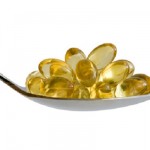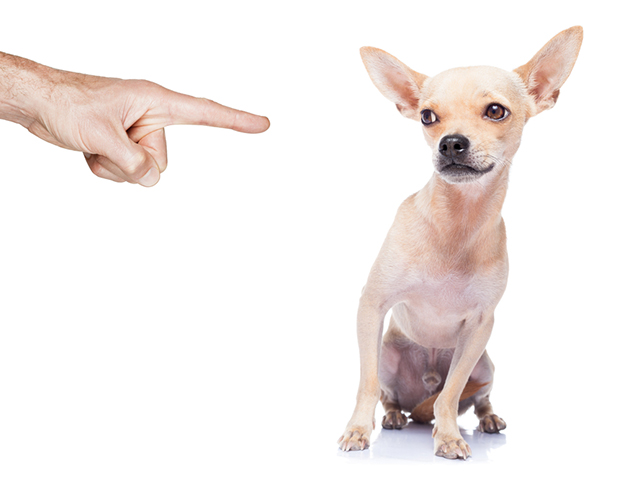Last week we discussed the dangers of pet obesity, and ways that we as pet owners can reduce the risk of dog illness and disease by ensuring our pets maintain a healthy body weight. Many of you responded by asking, “Well, how do I know if my dog is overweight?” This is actually a very important question – one that EVERY pet owner should ask themselves, because even one pound of excess body weight on a dog can lead to health problems down the road. If a Chihuahua were to gain just one extra pound, it would equate to twenty (20) lbs. of excess body weight on an adult woman!
Dog Feeding Guidelines Are Worthless
As pet owners become increasingly concerned over the weight of their dogs, questions begin to arise regarding calorie levels and whether to feed special, weight-control dog food…and pet food manufacturers have taken notice. Walk down the aisles of your local pet food store and you’ll see diets touting low, reduced calorie formulas, prescription diets formulated for weight loss, and diets for overweight management.
What I am about to say next may cause an uproar in the veterinarian and breeding communities but it needs to be said: dog feeding guidelines are, for the most part, worthless. The plain and simple truth is that every dog is different and that there are many variables that need to be considered before deciding on what the proper amount of food to feed your dog is, for instance:
- Differences in metabolic rate
- Metabolism efficiency
- Variations in activity level due to age, condition, or seasons of the year
- Environmental temperature
- Environmental humidity
- The age, sex, breed and size of your dog
However, the most important thing to consider when attempting to achieve dog weight loss is to analyze thequality and source of the calories being consumed by your pet. For one thing, calories from starches and sugars cause much more weight gain than calories from protein or fat. Food processing also plays a huge role in weight issues in dogs. Despite the identical caloric calculation, cooked or extruded foods (i.e. canned and kibble petfoods) differ in their levels of metabolizabled calories. Those same ingredients, if left in their uncooked, unadulterated, natural state provide better nutrition and better utilized calories for your pet, maintaining optimum weight and health.
To get a better idea of what your dog’s weight should be, take a look at the canine body condition scoring chart below:
Source
Robert Mueller, BSc, Pharm. is a registered pharmacist, author of “Living Enzymes: The World’s Best Kept Pet Food Secret”,












